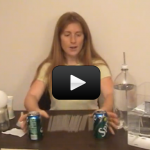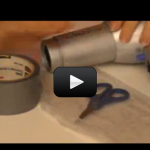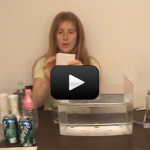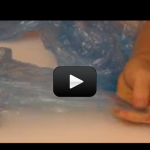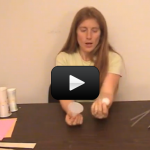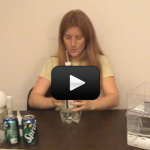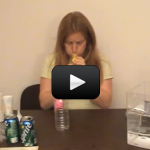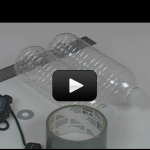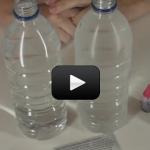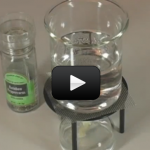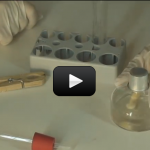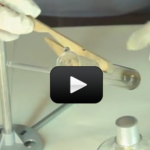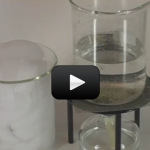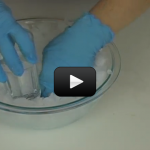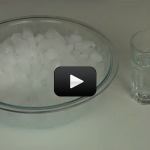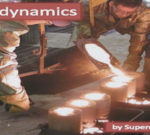Getting Started
Far from static rocks and minerals, water remains the most influential Earth Science system that we experience every day, since it influences our energy, vegetation, biology, climate, and weather patterns. You’ll get to learn about the important connections between the water systems of earth and the sun, whose energy powers the water cycle and climate.
This section of Earth Science focuses on the interaction of water in the atmosphere on the physical phenomena we experience, often as weather. Because the majority of the earth’s surface is water, it has a huge influence on our lives and the dynamic systems of the planet. Far from static rocks and minerals, water remains the most influential Earth Science system that we experience every day, since it influences our energy, vegetation, biology, climate, and weather patterns. Students will form important connections between the water systems of earth and the sun, whose energy powers the water cycle and climate.
[am4show have='p8;p9;p11;p38;p72;p77;p92;' guest_error='Guest error message' user_error='User error message' ]
Here are the scientific concepts:
- Most of the Earth's water is present as salt water in the oceans, which cover most of the Earth's surface.
- When liquid water evaporates, it turns into water vapor in the air and can reappear as a liquid when cooled, or as a solid if cooled below the freezing point of water.
- Water moves in the air from one place to another in the form of clouds or fog, which are tiny droplets of water or ice, and falls to the Earth as rain, hail, sleet, or snow.
- The amount of fresh water, located in rivers, lakes, underground sources, and glaciers, is limited, and its availability can be extended through recycling and decreased use.
- Uneven heating of the Earth causes air movements (convection currents).
- The influence of the ocean on weather, and the role of the water cycle in weather.
- Causes and effects of different types of severe weather.
- How to use weather maps and weather forecasts to predict local weather, and that prediction depends on many changing variables.
- The Earth's atmosphere exerts a pressure that decreases with distance above the Earth's surface, and is the same in all directions.
- Earth’s major systems are the geosphere (solid and molten rock, soil, and sediments), the hydrosphere (water and ice), the atmosphere (air), and the biosphere (living things, including humans). These systems interact in multiple ways to affect Earth’s surface materials and processes. The ocean supports a variety of ecosystems and organisms, shapes landforms, and influences climate. Winds and clouds in the atmosphere interact with the landforms to determine patterns of weather.
By the end of the labs in this unit, students will be able to:
- How to record data and interpret results
- How to measure rainfall, wind speed, temperature, and atmospheric pressure
- Demonstrate how air pressure influences an object in relation to moving air
- Differentiate observation from inference (interpretation) and know scientists’ explanations come partly from what they observe and partly from how they interpret their observations.
- Measure and estimate the weight, length and volume of objects.
- Formulate and justify predictions based on cause-and-effect relationships.
- Conduct multiple trials to test a prediction and draw conclusions about the relationships between predictions and results.
- Construct and interpret graphs from measurements.
- Follow a set of written instructions for a scientific investigation.
[/am4show]


